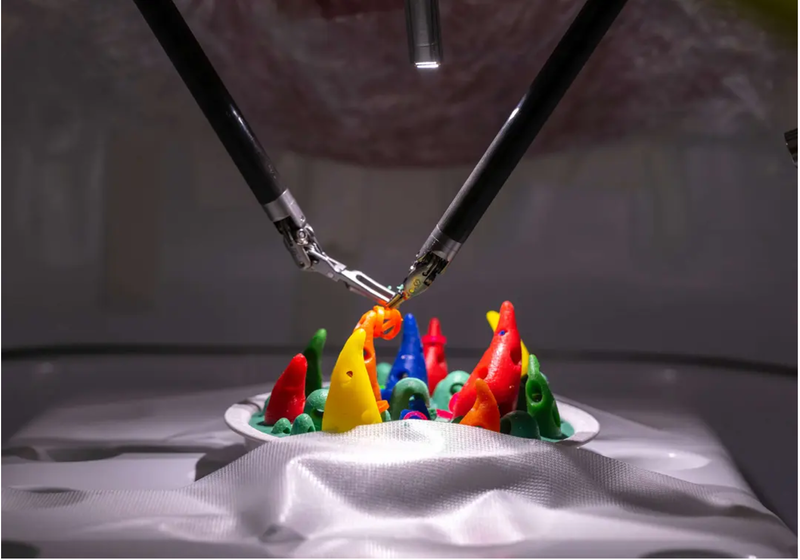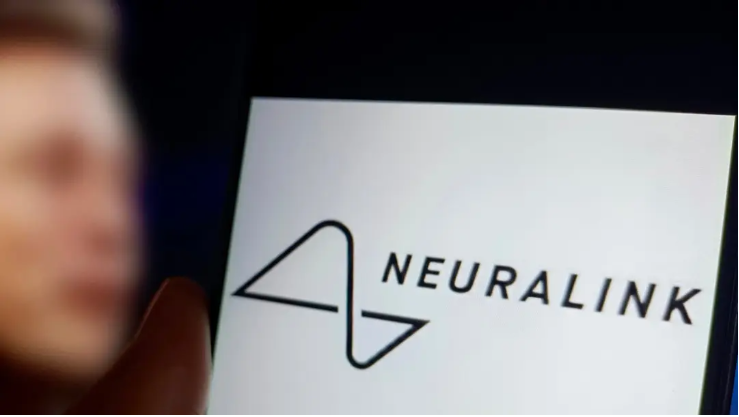FDA Approves First Gene-Editing Treatment for Sickle Cell Disease
The US Food and Drug Administration (FDA) on Friday approved a breakthrough treatment for patients suffering from sickle cell disease, a painful ailment that affects roughly 100K people across the US, primarily people of color. Sickle cell disease makes red blood cells bend into inflexible sickle...

Facts
- The US Food and Drug Administration (FDA) on Friday approved a breakthrough treatment for patients suffering from sickle cell disease, a painful ailment that affects roughly 100K people across the US, primarily people of color. Sickle cell disease makes red blood cells bend into inflexible sickle shapes, thus preventing the normal delivery of oxygen in the body and causing bone deterioration, organ failure, and strokes.1
- The FDA approved two treatments: one called Lyfgenia from the company Bluebird Bio, and the other Casgevy by partners Vertex Pharmaceuticals and CRISPR Therapeutics, both of which use patients' own blood cells and are approved for people 12 and older. The Casgevy therapy works by removing a patient's cells from their bone marrow, editing the genes, and then infusing the body with billions of modified cells.2
- Casgevy helps restore the normal function of red blood cells by producing a form of hemoglobin called fetal hemoglobin. In data provided to the FDA, the treatment fixed severe pain for at least 18 months for 29 test subjects, or 96.7%. The therapy from Bluebird Bio does not use the same gene editing tool from CRISPR.2
- Both companies have marketed their therapies as one-time cures, but the medical director of the Comprehensive Sickle Cell Disease Treatment Center in Massachusettes, Sharl Azar, said he's 'very reticent to call them a cure' because patients will still have sickle cell in their bodies after the treatment. The only long-term treatment is a bone marrow transplant.3
- According to the nonprofit Institute for Clinical and Economic Review, the new therapies are also expected to cost $2M per patient, with that price not including the cost of care, such as hospital stays or chemotherapy. Chemotherapy is used beforehand to ensure no flawed stem cells remain in the body.4
Sources: 1CBS, 2NPR Online News, 3Guardian and 4NBC.
Narratives
- Narrative A, as provided by U.s. food and drug administration. These treatments are a medical marvel that will help better the lives of roughly 100K African Americans as well as Hispanic Americans across the country over time. With the FDA's approval, doctors will now be allowed to take a patient's own blood and replace the faulty red blood cells with new, genetically edited healthy ones, thus bringing long-awaited relief from the horrific pain and fatigue typically associated with this disease.
- Narrative B, as provided by Nature. While the use of gene editing is remarkably good news for those with diseases like sickle cell, the public should also have a seat at the table when debating the potential harms of this new medical tool. For example, as voluntary procedures like the newly approved treatment are widely seen as positive, potential future uses like creating desirable traits in babies are seen by many as unethical. It should also be noted that this treatment has not been documented as a 'cure' just yet.






